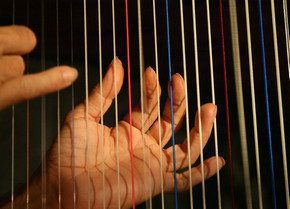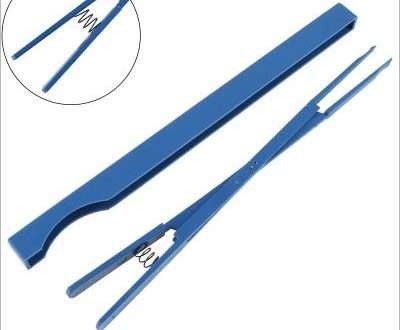
Teaching children to play the cello – parents talk about their children’s lessons
 I was surprised when my six-year-old daughter said she wanted to learn to play the cello. We don’t have musicians in our family, I wasn’t even sure if she had hearing. And why cello?
I was surprised when my six-year-old daughter said she wanted to learn to play the cello. We don’t have musicians in our family, I wasn’t even sure if she had hearing. And why cello?
“Mom, I heard it’s very beautiful! It’s like someone is singing, I want to play like that!” – she said. Only after that did I turn my attention to this big violin. Indeed, just an extraordinary sound: powerful and gentle, intense and melodious.
We went to a music school and, to my surprise, my daughter was accepted immediately after the audition. How pleasant it is to remember now: from behind the cello only huge bows are visible, and her small fingers confidently hold the bow, and Mozart’s “Allegretto” sounds.
Anechka was an excellent student, but in the first years she was very afraid of the stage. At academic concerts, she received a point lower and cried, and teacher Valeria Aleksandrovna told her that she was smart and played better than everyone else. After two or three years, Anya coped with the excitement and began to appear on stage with pride.
More than twenty years have passed, and my daughter has not become a professional musician. But learning to play the cello gave her something more. Now she is engaged in IP technologies and is quite a successful young woman. She developed her determination, confidence and self-esteem along with her ability to hold the bow. Studying music instilled in her not only good musical taste, but also subtle aesthetic preferences in everything. And she still keeps her first bow, broken and wrapped in electrical tape.
What problems might there be in teaching children to play the cello?
Often, after the first year of study, little cellists lose the desire to continue studying. Compared to the piano, in learning to play the cello the learning period is longer. Children study etudes and instructional exercises, which are often almost completely divorced from music and any creative task (it’s just very difficult to learn to play the cello).
Work on vibration according to the traditional program begins at the very end of the third year of study. The artistic expressiveness of the cello sound depends precisely on vibration. Without hearing the beauty of the vibrational sound of the instrument, the child does not enjoy his playing.
This is the main reason why children lose interest in playing the cello, which is why in a music school, like nowhere else, support from both the teacher and parents plays a colossal role in the success of the child.
The cello is a professional instrument that requires the student to have a versatile and, at the same time, unique set of skills and abilities. At the very first lesson, the teacher needs to play the children several beautiful, but understandable plays. The child must feel the sound of the instrument. From time to time, show the beginning cellist the playing of middle school and high school children. Explain how you understand the sequence of task setting for him.
Gabriel Fauré – Elegy (cello)




